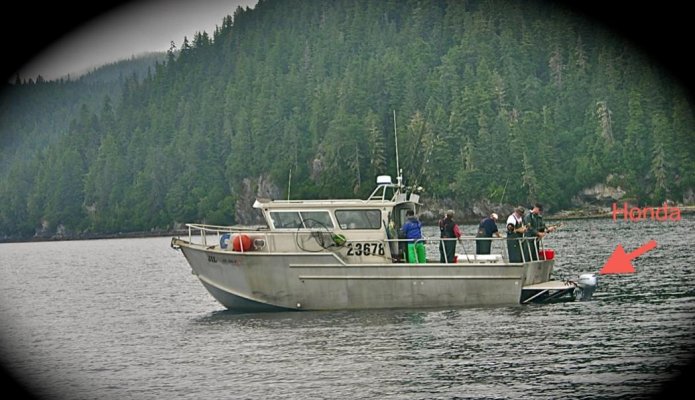seattleboatguy
Senior Member
In my previous post "disappointed with twin screw fuel economy", there was reference made to "get home" systems, used mostly by single screw trawlers in an emergency to run the prop from the generator. The 2 links shown below were referred to in that previous thread. If you know of more information on the internet about "get home" systems, I would love to learn more. Thanks.
The Get-Home System: Do You Need One And What Are The Options? | PassageMaker
http://www.wesmar.com/pdf/APU/apu_brochure_web.pdf
The Get-Home System: Do You Need One And What Are The Options? | PassageMaker
http://www.wesmar.com/pdf/APU/apu_brochure_web.pdf



 I would prefer diesel outboard as my first choice, but will go with extensive spare parts for main engine for my future passage plans.
I would prefer diesel outboard as my first choice, but will go with extensive spare parts for main engine for my future passage plans.